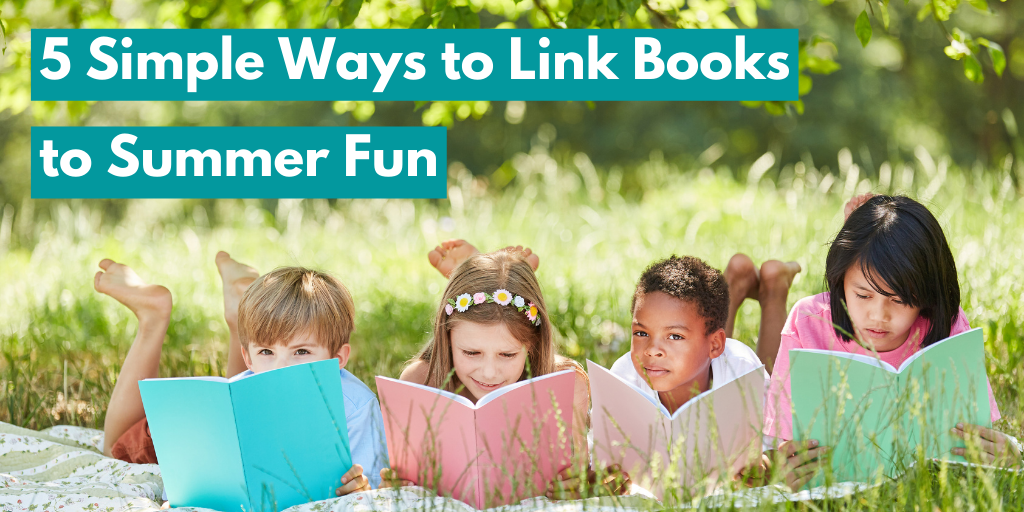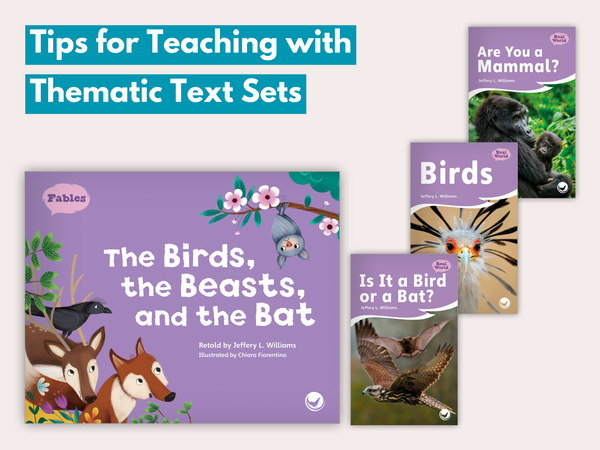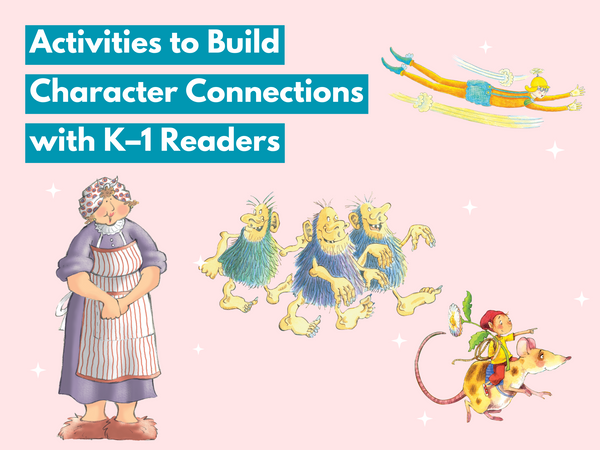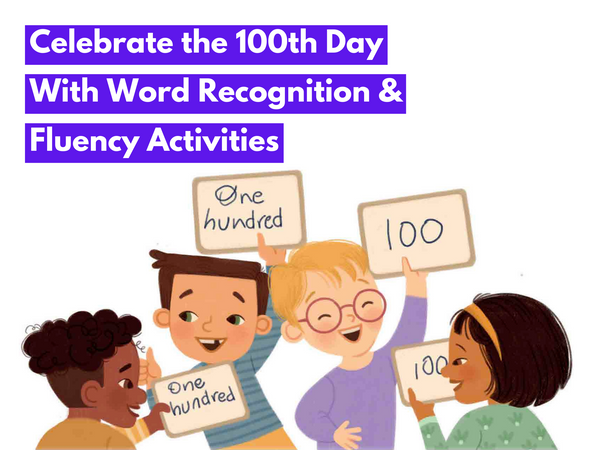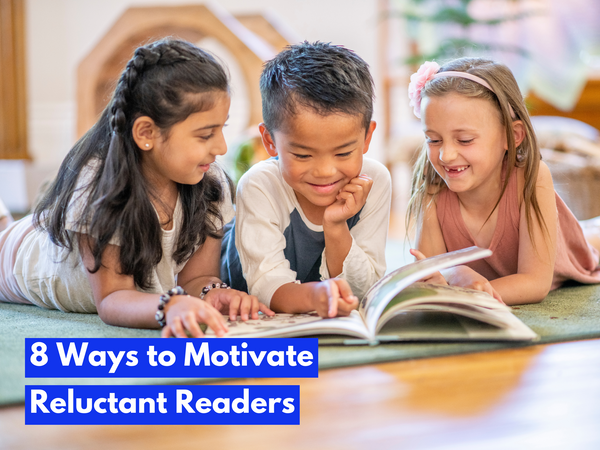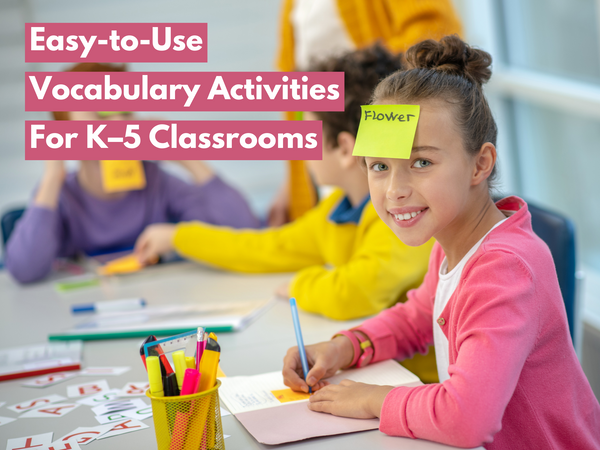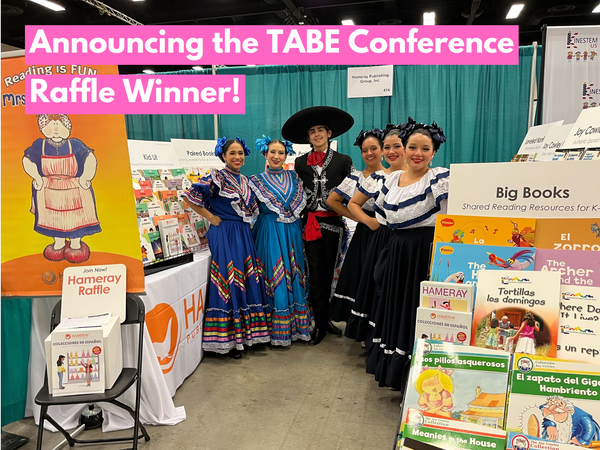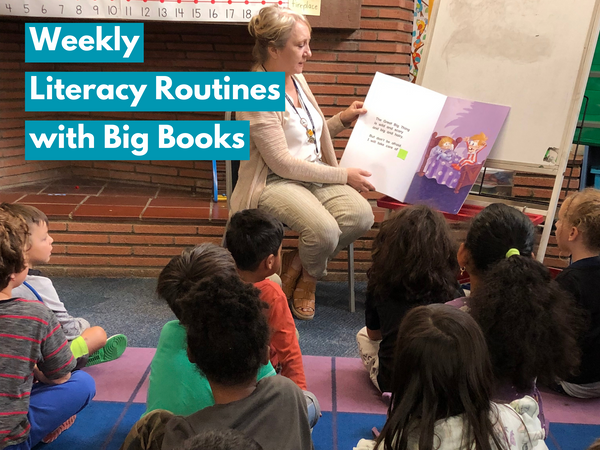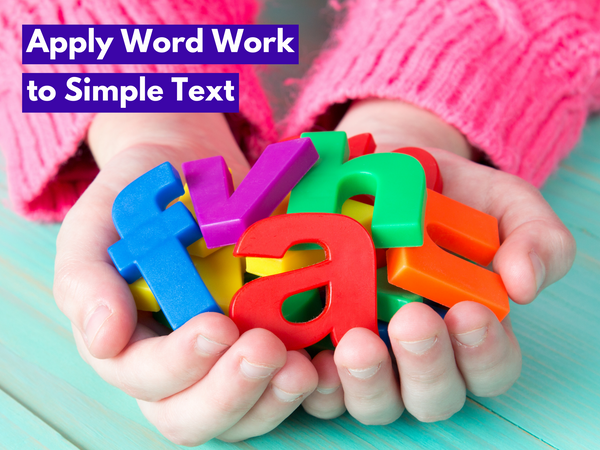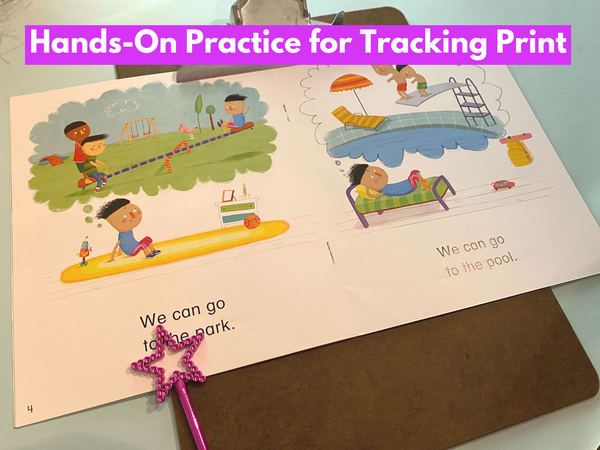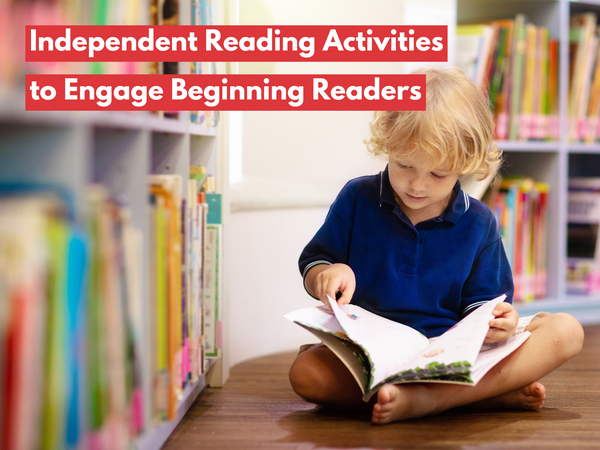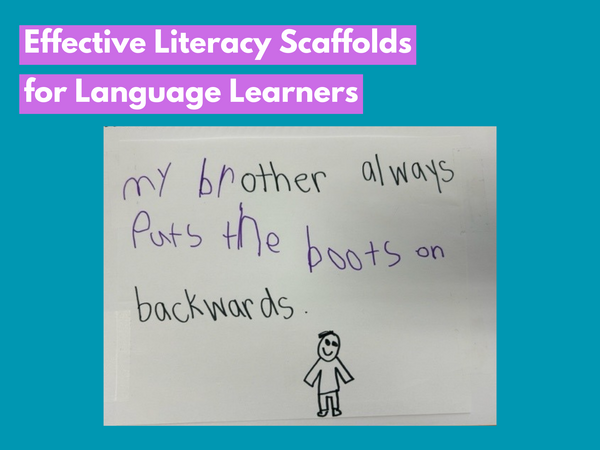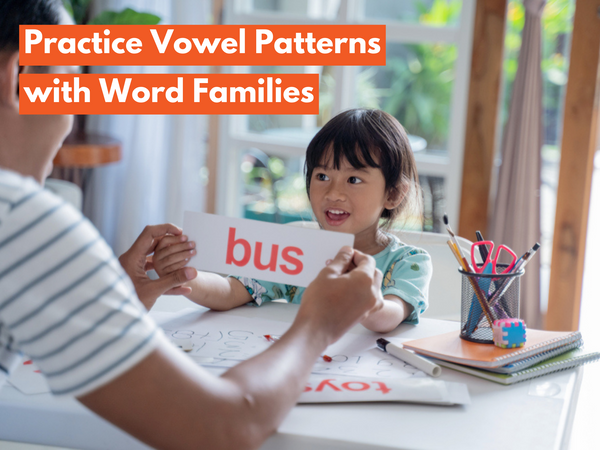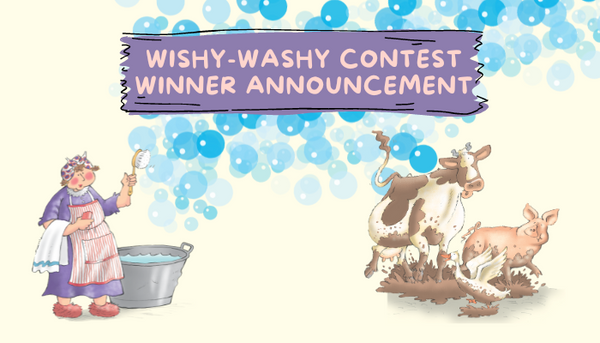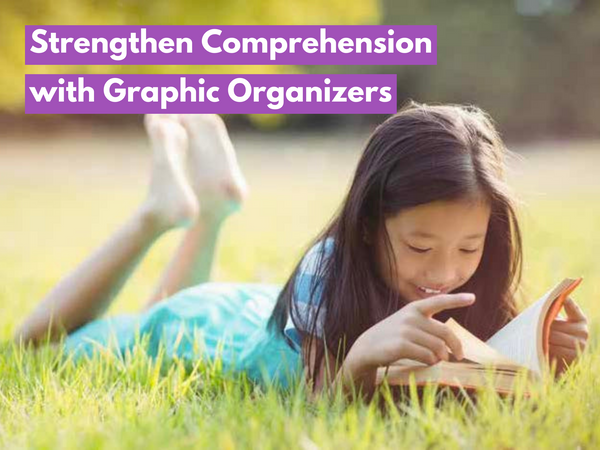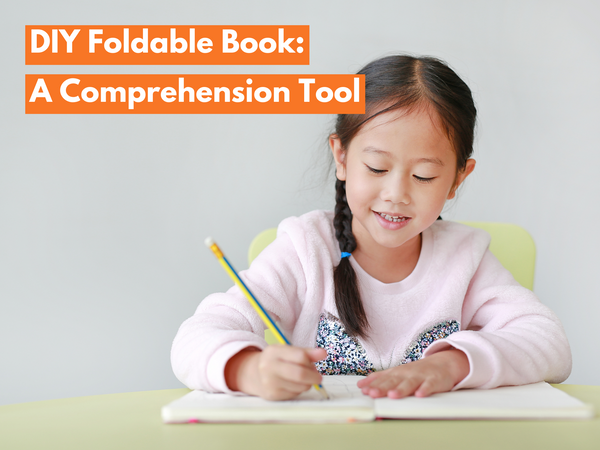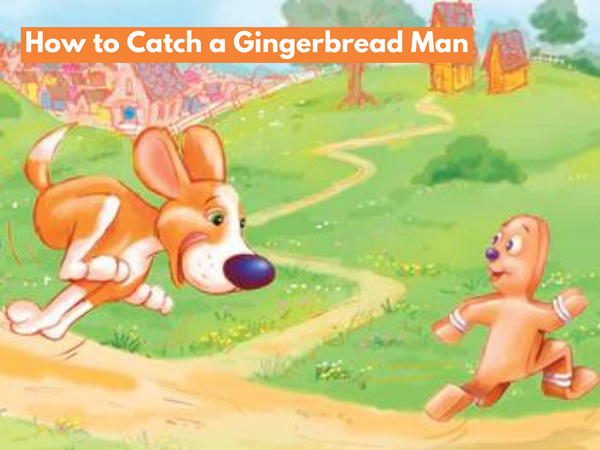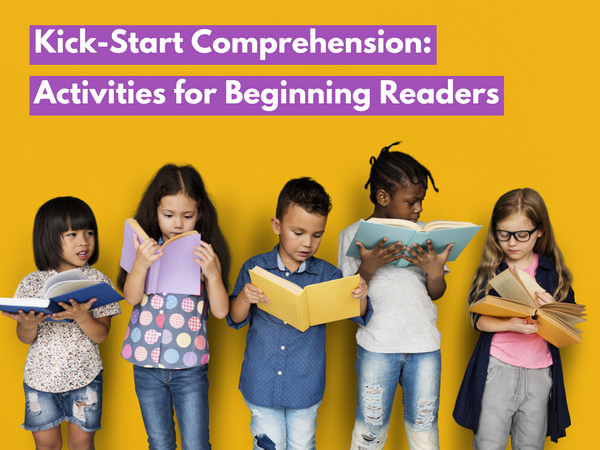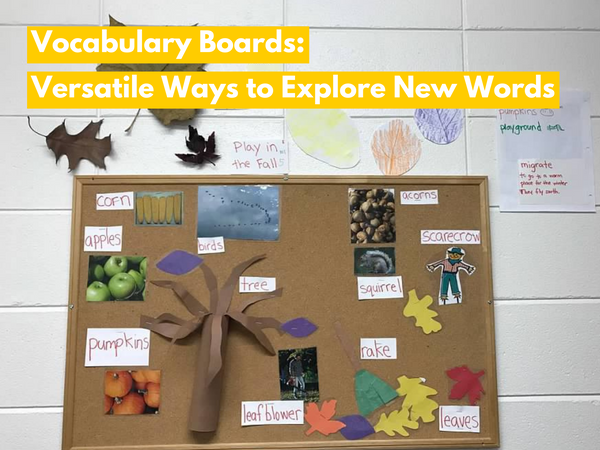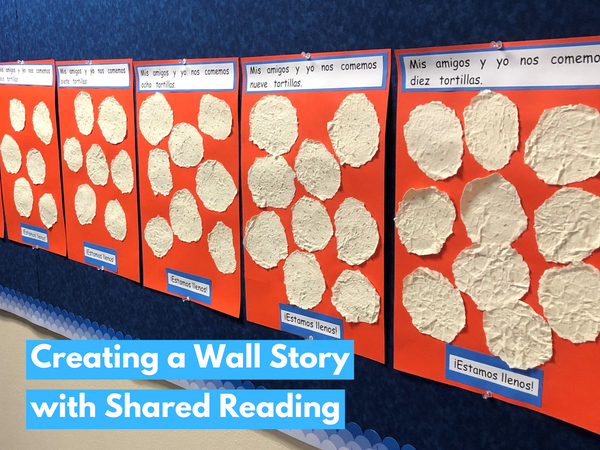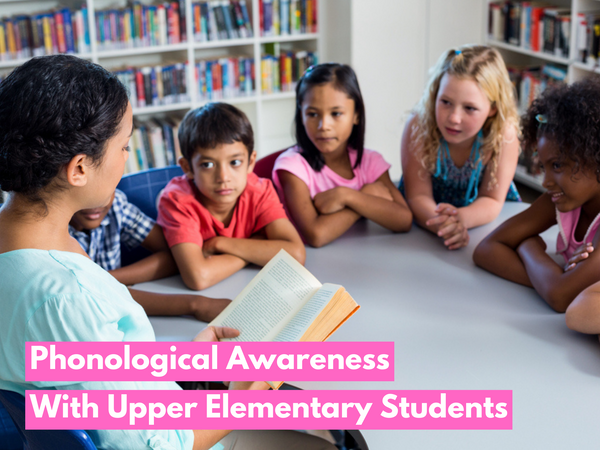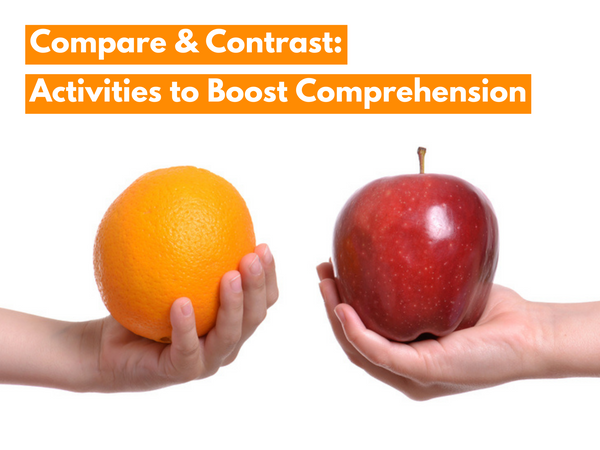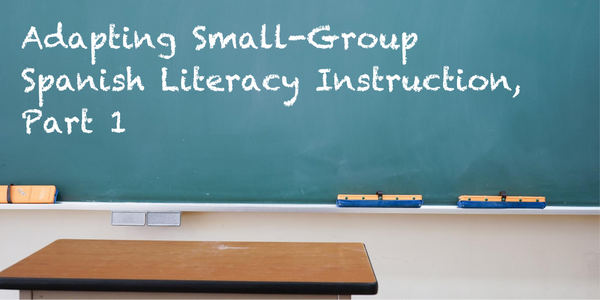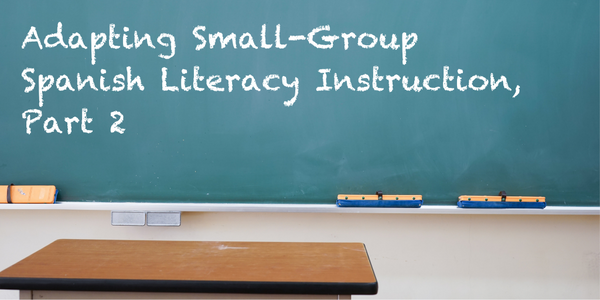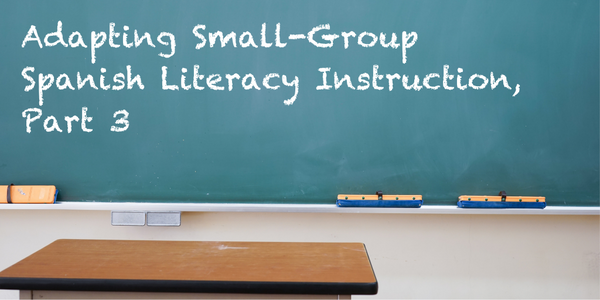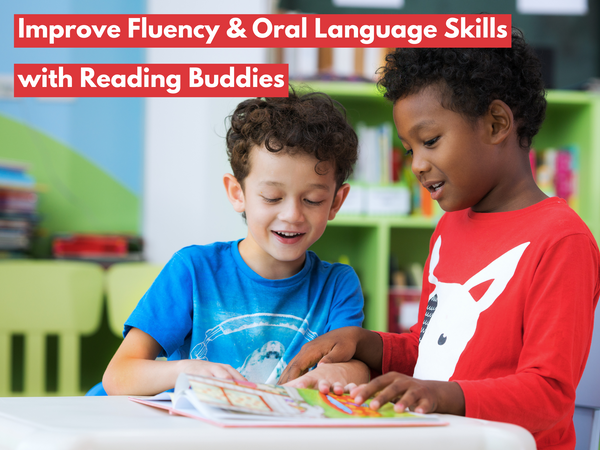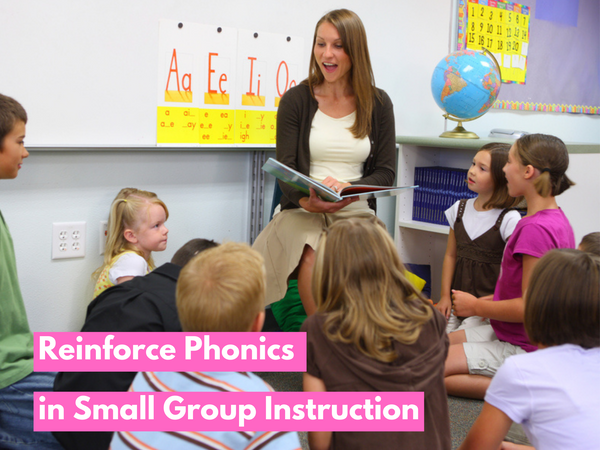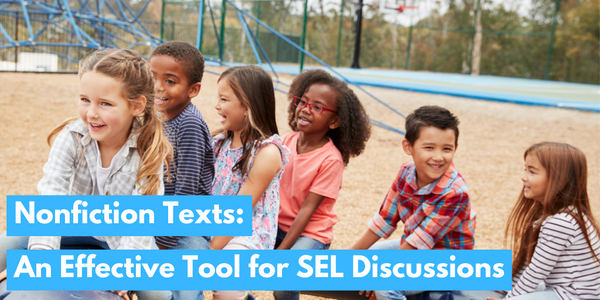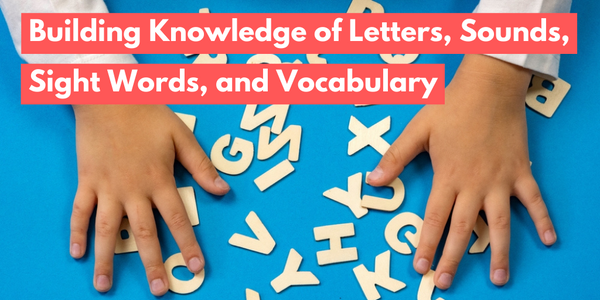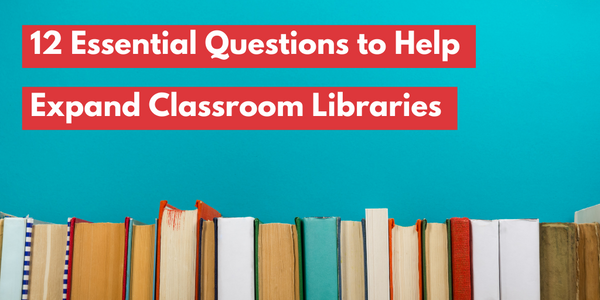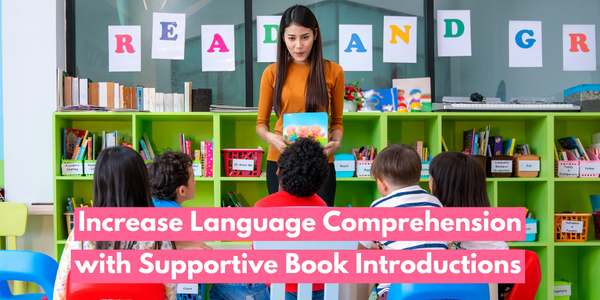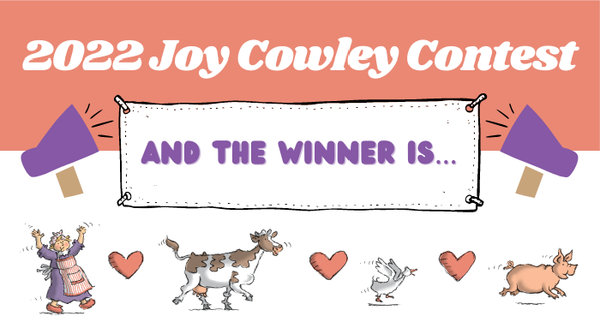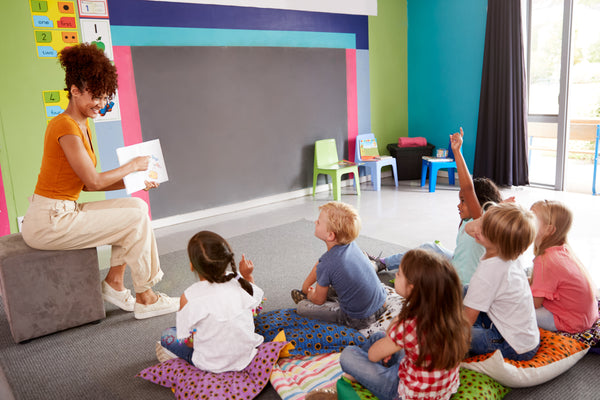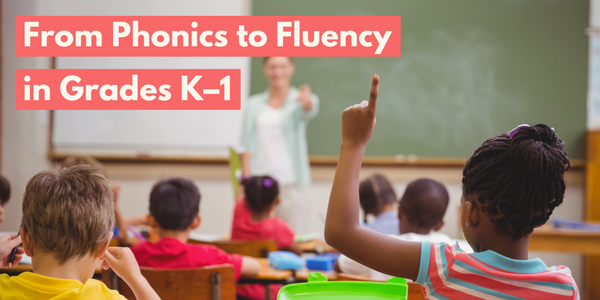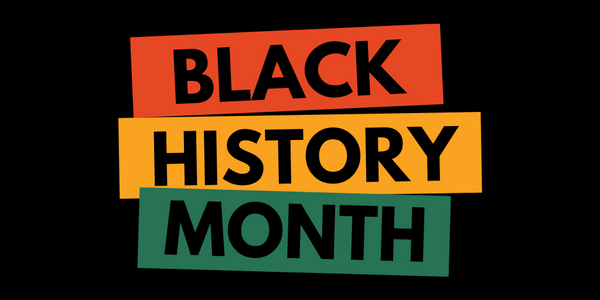By Laura Scott
When planning summer activities- a family vacation, field trip, or even a run to the store—include your kids or students! Read narrative and informational texts tied to your destinations to encourage more profound discovery and learning. Not only does it boost summer reading, but it also deepens the meaning and memories of summer adventures.
Animal Books & The Zoo
Before my kids and I went to the zoo, I devised a plan to incorporate reading into the trip. We began with Hameray’s Zoozoo Animal World Books. Then we paid a visit to our local library to check out more books. We also explored the zoo website—including using a map to plan our way around the zoo. My plan was working; my kids were reading, learning intriguing animal facts, and interpreting a map! The more they knew, the more excitement grew for our trip.
While at the zoo, to my surprise, the reading continued. We noticed that each animal had an informational plaque outside of its habitat. The plaques went from being unnoticed during previous trips to a source of excitement and humor; some of the facts shared on the plaques were hilarious. The books we read before our road trip sparked a curiosity for learning that led to more summer reading at the zoo itself.
In the days that followed, my kids had a piqued interest in their animal books-reading because they wanted to, not because I asked them to. With a little pre-trip effort, I discovered how to increase summer reading by connecting it to our summer activities.
5 Simple Ways to Encourage Summer Reading, Writing, and Word Work
- Print pictures of your summer activities or ask your students to bring a picture of something fun they did over the summer. Encourage your kids to write a sentence or two about the picture or label the picture with words or names of people. Put the pages together to make a book. Practice reading the book, adding to it, or making rhymes with the words in the book.
- Ask for help making a grocery or shopping list. Encourage your kids to read it and cross items off the list as you shop. Try making a similar list with things to find around school or at the park-a scavenger hunt created by students.
- Play with words and sounds. As you drive, walk, or read a book, say a word that describes what you see. Clap that word in syllables or try to rhyme it. Talk about what sound the word starts or ends with and brainstorm other words that start/end with those sounds.
- Read the same books over and over! Young readers thrive on re-reading. It is an excellent way to build fluency, reinforce words, and deepen understanding. Play word games with vocabulary from the book, find vowels, prefixes/suffixes, or try writing the words by sounding them out.
- Find books related to your daily surroundings. What do you see on a walk, in the school cafeteria, at the park, in your city, or in your backyard?
~~~
Laura taught English Language Learners of all ages for twelve years and spent three years as a bilingual coordinator and co-teacher in dual language K-1 classrooms. She is a part of the Hameray team. Laura values giving a voice to all students by supporting teachers as they bravely try new approaches to learning in their classrooms.
~~~
LEARN MORE ABOUT ZOOZOO ANIMAL WORLD COLLECTION
Available in English and Spanish



